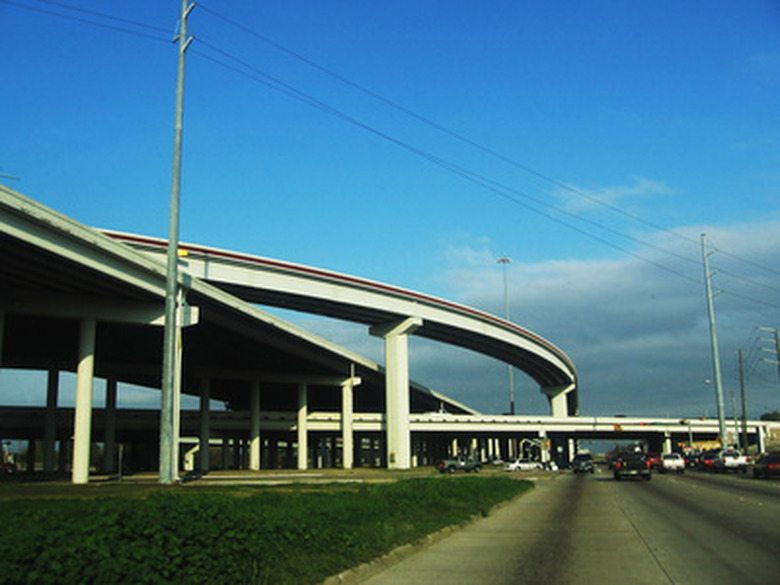A delta angle, a term well known to civil engineers, is a measurement used in designing roadways. The delta angle is used to make other relevant calculations, or it can be determined using known measurements.
Definition
A delta angle is the measurement in degrees where two straight lines, also known as tangents, intersect.
Horizontal Circular Curve
A horizontal circular curve is a mathematical calculation determining the optimal arc between two tangents. The measurement of the central curve on the arc is equal to the delta angle.
Use in Transportation
The intersection of roadways illustrates two tangents intersecting. Engineers focused on traffic flow use horizontal curves to create better traffic patterns between the roads. Delta angles are an important measurement used to determine the best arc to connect the roadways and prevent motorists from having to make sharp turns.
Calculation
When the delta angle is provided, it can be used to determine measurements including radius or chord lengths, both of which are used in the design of horizontal highway curves.

